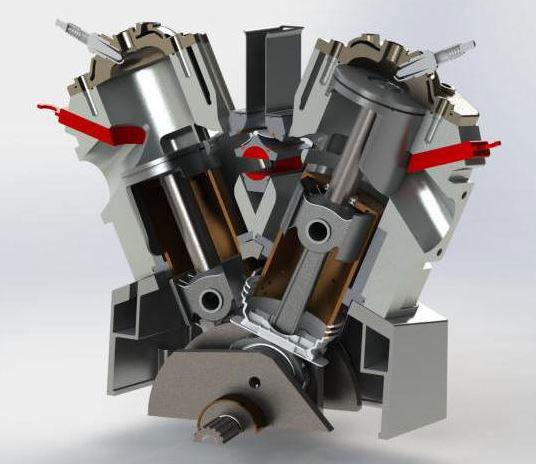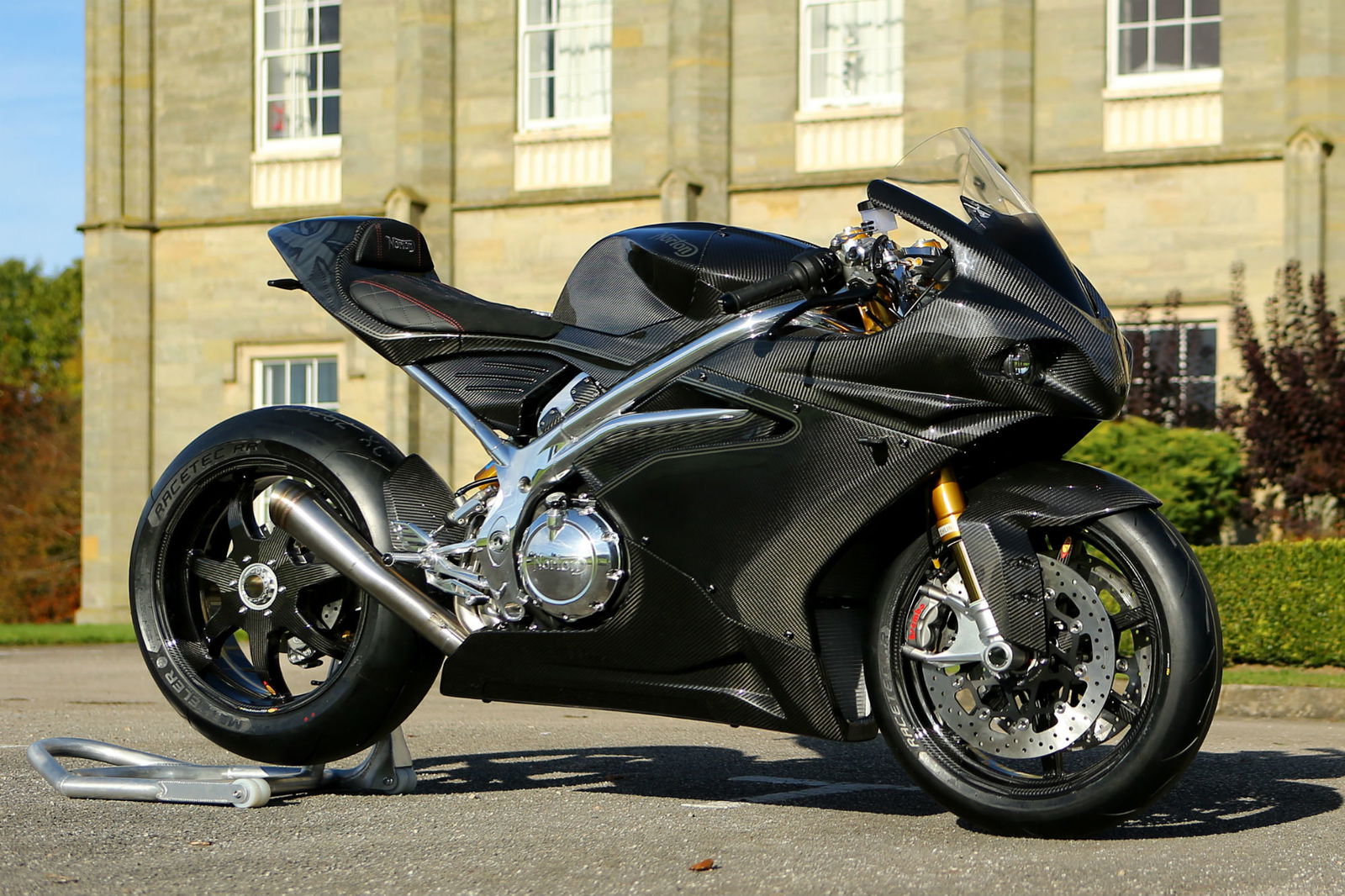Could this revolutionary two-stroke mean a big comeback
The two-stroke petrol engine could be about to see a big resurgence, thanks to an innovative new design that will see it meet emissions regulations

TO many motorcyclists the simplistic beauty of a two-stroke engine is a sight, sound, and experience that is sadly missed from modern-day motorcycling.
Although the site of a two-stroke engine powering a motorcycle may be about to become a more familiar sight on the roads again. With Kawasaki planning a revolutionary supercharged two-stroke with a crossplane crank, another engineer from Australia is also working on another system that could help to save the two-stroke.
The new design is called the Crankcase Independent Two-Stroke (CTIS) engine, which is claimed by Basil van Rooyen, the engine’s inventor, to meet the latest stringent emissions regulations. The breakthrough with this design is that it avoids total loss lubrication, (whereby the oil is lost as it and the fuel burns) helping to create cleaner tailpipe emissions.
The design has been so well received it is even gaining investor interest, with van Rooyen estimating two to four weeks before the contracts are all signed.

How does the CTIS engine work?
Like a conventional two-stroke engine, the CTIS produces power every second stroke of the piston. It uses direct injection, something that has been used on two-strokes before, but from there the design is very different.
The sump of the CTIS is a pressurised vessel, and the oil and petrol do not mix together like a conventional two-stroke engine. Because of this, the CTIS engine eliminates total loss lubrication, reducing the harmful emissions of the engine and make it more cost-effective to run – as you only need to change the oil when required, not every time you fill up with fuel.
Two separate the top and bottom of the engine, the pistons are connected to the conrods by way of a post that slides through a sealed ‘thimble’ transferring the piston’s power to the crank. Beneath the thimble is the sealed sump, and above is the combustion chamber.
What could the CTIS engine power?
The prototype engine (in the video above) was built onto an 800cc V-twin Suzuki Boulevard crankcase, with modified Rotax 800 cylinder jackets and heads used. The engine could be used in anything, from 33bhp to 160bhp motorcycle engines, and even in bigger applications for static electricity generators. Its maker claims it would be best suited to motorcycles through, thanks to its compact size, light weight and relatively low manufacturing costs.


